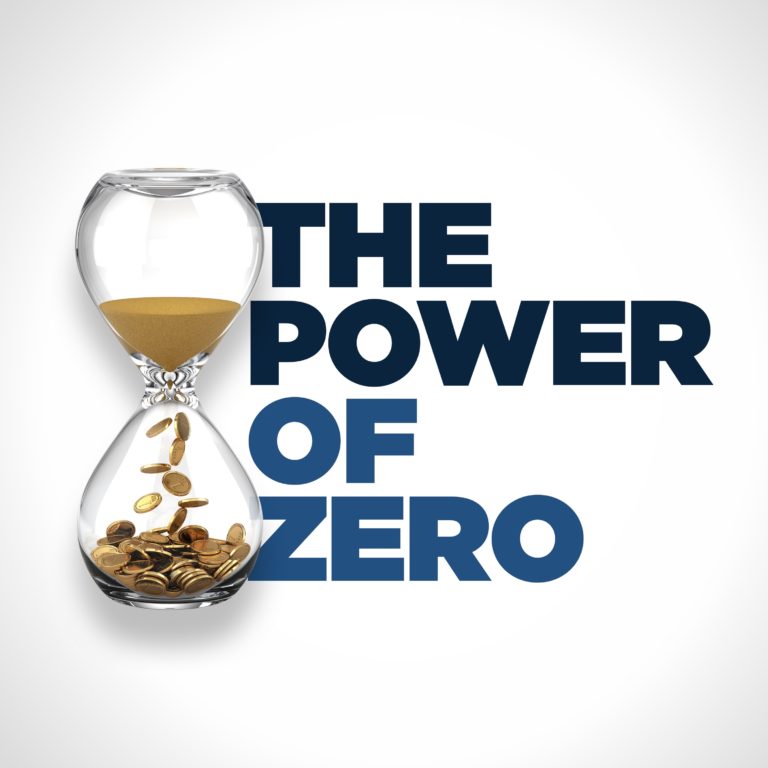The 4% Rule originated with a man named William Bengen in 1994. He looked back and noticed that people were withdrawing from their portfolios at a very haphazard rate. Prior to 2005, a common way people used to determine how much they could withdraw was to look at the average return of the market at the time.
When asked, 40% of retirees said that they could withdraw 10% annually from their portfolio starting from day one of their retirement without ever running out of money.
William Bengen started running Monte Carlo simulations on the past 70 years and used a hundred thousand combinations of variables including length of retirement, rate of withdrawal, and stock mix. He found that the current rates of distribution of 7% at the time were completely unsustainable, and that the only way to give yourself a high probability of having your money last through life expectancy was to take out 4%, hence the 4% Rule.
If you have a million dollars starting day one of retirement and wanted to keep up with inflation over time, the most you could take out was $40,000. Over a 30 year retirement, you would have a 90% likelihood of your money lasting your whole lifetime.
This became the way that most people combatted longevity risk. As long as you only took 4% of your retirement portfolio adjusted for inflation, that gave you a very high probability of your money lasting through a 30 year time period.
When William formulated his 4% Rule, he was using a 40/60 split between stocks and bonds, but bonds are no longer performing the way they did in the 90’s. Many economists and retirement experts have revised the rule downwards primarily as a function of bond returns.
Combating longevity risk is an expensive proposition, even if you use the 4% Rule. If you require $100,000 to live in retirement, once you factor in inflation you will need roughly $2.5 million by the time you retire. If you’re not on track to hit that amount in your portfolio, you have five heartburn inducing alternatives: save more, spend less, work longer, die sooner, or take more risk in the stock market. It gets even worse with the new 3% Rule.
With the 3% Rule, what was before a very expensive, cash intensive, high asset proposition is now even more expensive. You need even more money if you plan on using the stock market and the 3% Rule, even if you manage to acquire enough money it’s not guaranteed.
The second issue with the 4% Rule is you have to be able to stick to it even in erratic markets, which is the opposite of what most people do. In order for the Rule to work for you you have to keep your money invested in good and bad markets. Do you have the discipline to keep your money invested even when the market is going down?
There is also the illusion of liquidity. When you have millions of dollars in your retirement portfolio, it looks like you have plenty of money that’s easily accessible. The trouble is that every single dollar is already earmarked under the Rule and as soon as you take out any additional funds your odds of outlasting your retirement money sink rapidly.
If your plan is to live by the 3% Rule, all your retirement money is already allocated and you won’t have any room for unexpected expenses. If you want to be able to cover shock expenses or aspirational goals, you will need an additional fund set aside by the time you retire.
We have to be clear about the shortcomings of the 4% Rule, and now the 3% Rule as well. They work in a vacuum, but we don’t live in a vacuum. We live in the real world and unexpected things happen.



